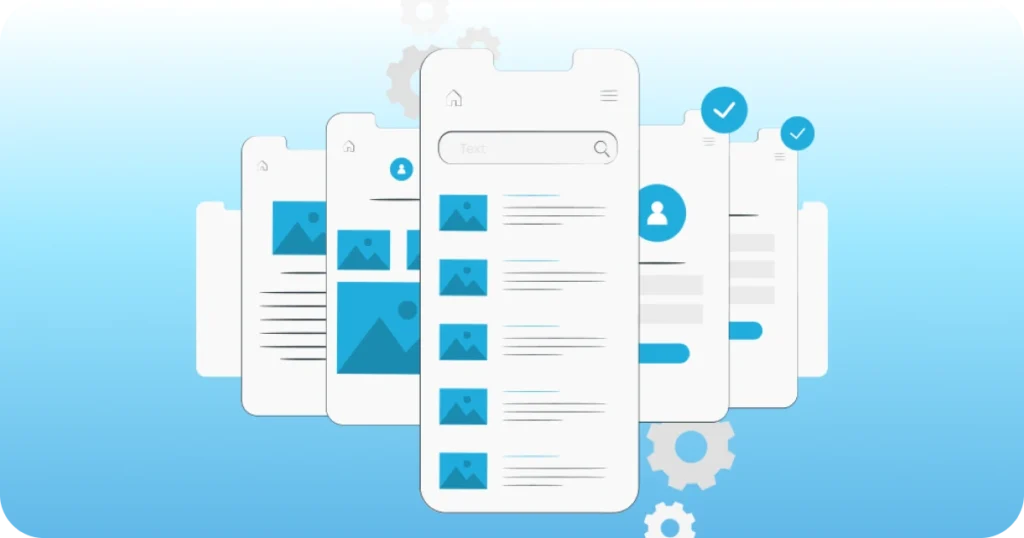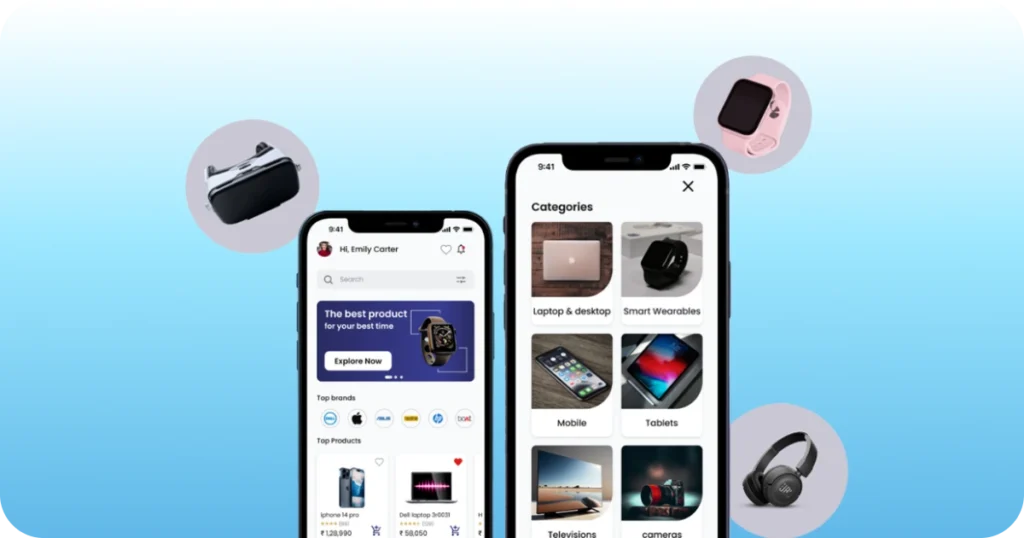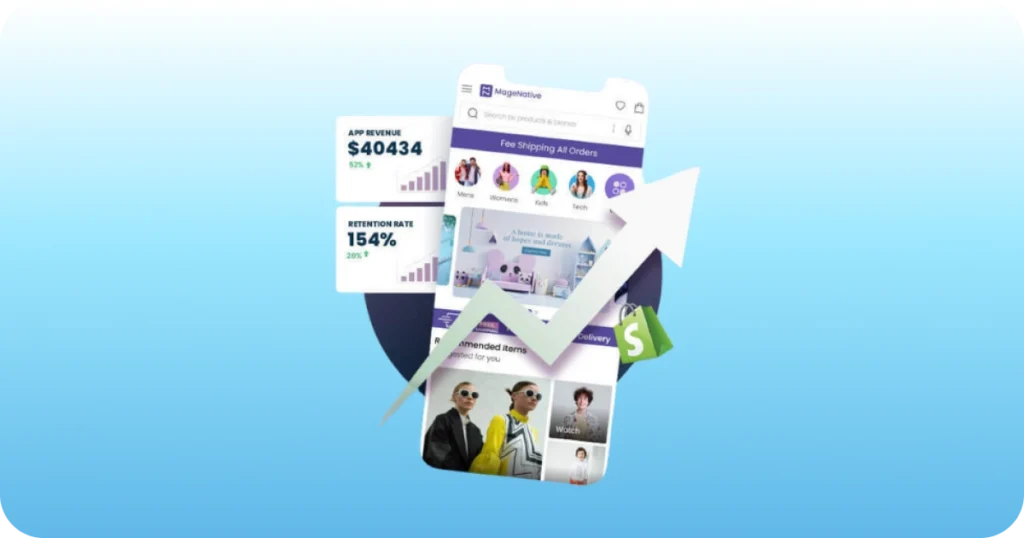In today’s competitive app market, gaining users for your app requires more than just a great product. A successful user acquisition strategy is essential to attract, engage, and retain a loyal user base. The goal isn’t only to get downloads but to acquire users who find lasting value in your app. Below are proven strategies to help you boost user acquisition and grow your app sustainably.
1. Understand Your Target Audience
Before implementing any user acquisition strategy, start with a clear understanding of your target audience. Knowing who will benefit most from your app helps tailor your marketing approach and messaging to reach those specific users. Conduct thorough market research, gather demographic data, and analyze competitors. With a deep understanding of your audience, you can create user personas to guide your acquisition strategy.
2. Optimize Your App Store Presence
App Store Optimization (ASO) is a powerful way to enhance your app’s visibility in app stores, making it easier for potential users to discover it organically. A well-optimized app listing should include:
- Relevant Keywords: Use keywords strategically in your app title and description.
- Eye-Catching Visuals: Design a standout app icon, high-quality screenshots, and an engaging preview video.
- Compelling Description: Highlight your app’s core features and benefits, and include a clear call-to-action (CTA).
By improving your app’s visibility, ASO can help bring in organic users, which is an essential component of any effective user acquisition strategy.
3. Leverage Social Media Advertising
Social media is a prime channel for acquiring app users due to its targeting capabilities and wide reach. Platforms like Facebook, Instagram, and TikTok allow you to create ads tailored to specific demographics and interests. For effective social media advertising:
- Create Engaging Ads: Use compelling visuals and clear CTAs.
- Experiment with Ad Formats: Test out videos, carousels, and stories to see which performs best.
- Use Lookalike Audiences: Target audiences that resemble your existing user base to find high-quality leads.
Social media ads can help generate awareness and direct users to download your app, boosting your overall user acquisition efforts.
4. Implement Influencer Marketing
Influencer marketing has proven to be a valuable strategy in reaching potential users authentically. By partnering with influencers whose audiences align with your target demographic, you can build credibility and visibility for your app. For an effective influencer marketing campaign:
- Choose Relevant Influencers: Select influencers whose audience matches your target users.
- Encourage Authentic Reviews: Let influencers experience the app and share their honest feedback.
- Offer Unique Incentives: Provide influencers with promo codes or exclusive offers for their followers.
Working with influencers can give your app a trustworthy endorsement, making potential users more likely to give it a try.
5. Run Paid Search Ads
Paid search ads, particularly on Google and within app stores, are an effective way to appear at the top of search results. This strategy targets users actively searching for apps or solutions similar to yours. Here’s how to make the most of paid search ads:
- Focus on Relevant Keywords: Target keywords related to your app’s purpose and features.
- Bid Strategically: Ensure you’re getting a good return on ad spend (ROAS) by bidding on high-converting keywords.
- Track and Optimize: Monitor performance and adjust your bidding strategy to maximize results.
Paid search ads can quickly boost your app’s visibility to users with high intent, helping to increase downloads.
6. Use Referral Programs
Word-of-mouth marketing is a powerful user acquisition strategy. By implementing a referral program, you incentivize current users to introduce your app to others. Commonly used by successful apps, referral programs reward both the referrer and the new user, creating a win-win situation. Here’s how to create an effective referral program:
- Offer Compelling Rewards: Give users incentives that add value, such as discounts or bonus features.
- Make It Easy to Share: Ensure users can quickly share referral links via social media, messaging apps, or email.
- Track Performance: Measure referral effectiveness and optimize the program for maximum impact.
Referral programs help encourage organic growth and are often cost-effective in the long run.
7. Utilize Retargeting Campaigns
Not every user will download your app on their first interaction. Retargeting allows you to engage those who showed interest in your app but didn’t follow through with the download. With retargeting ads, you can remind users about your app, highlight new features, or offer incentives to prompt a download. Retargeting is especially effective in:
- Re-engaging App Visitors: Use retargeting to reach users who visited your app’s landing page.
- Showcasing New Features: Highlight app updates to show potential users the value of your app.
- Offering Discounts: Provide limited-time offers to encourage hesitant users to convert.
Retargeting keeps your app top of mind for potential users, giving you a second chance to convert them.
8. Focus on Content Marketing
Creating valuable content that resonates with your target audience is another effective way to attract users. With blog posts, videos, and guides that address users’ pain points, you can build trust and establish your app as a solution to their needs. To succeed in content marketing:
- Publish Relevant Topics: Create content that aligns with the problems your app solves.
- Optimize for SEO: Use keywords to help users find your content organically through search engines.
- Share Across Channels: Distribute content through social media, email, and other platforms.
Content marketing helps you connect with users authentically and keeps them engaged over the long term.
9. Track and Analyze Performance
A robust user acquisition strategy relies on data to understand what’s working and what needs improvement. Regularly monitor key metrics such as download rates, user retention, cost per install (CPI), and lifetime value (LTV). Use analytics tools to gain insights and refine your acquisition strategies. Data-driven decisions will help you optimize campaigns and allocate resources where they’re most effective.
Final Thoughts
Crafting a successful user acquisition strategy for apps involves understanding your target audience, optimizing your app store presence, and utilizing a mix of organic and paid acquisition channels. By leveraging ASO, social media ads, influencer partnerships, referral programs, and more, you can drive meaningful downloads and foster long-term engagement with your app. Embrace these strategies, track your results, and adapt over time to see your app reach its full potential.




